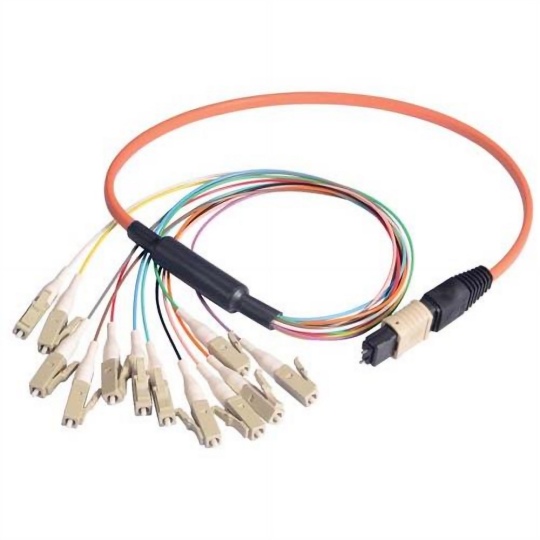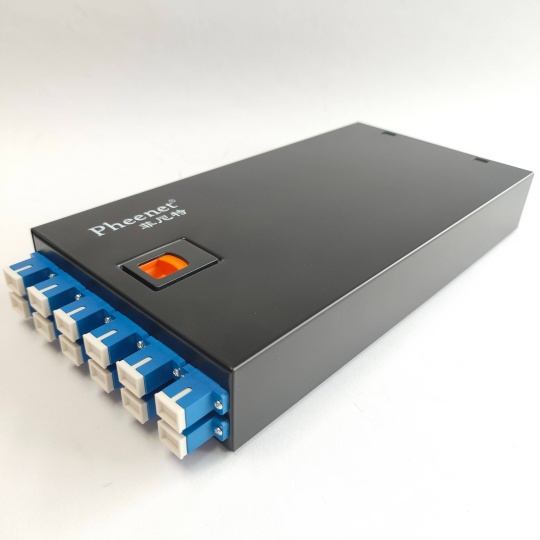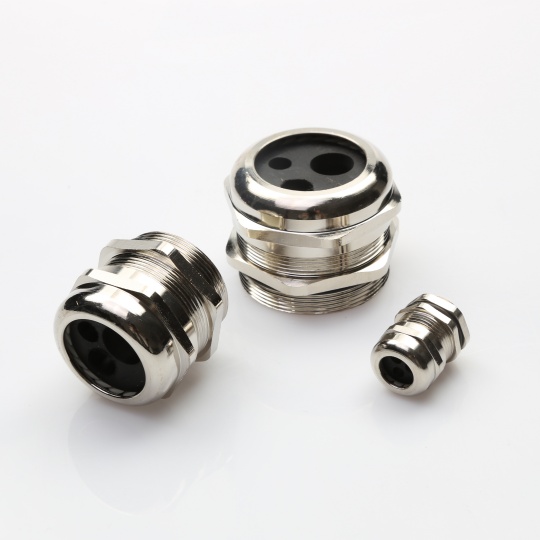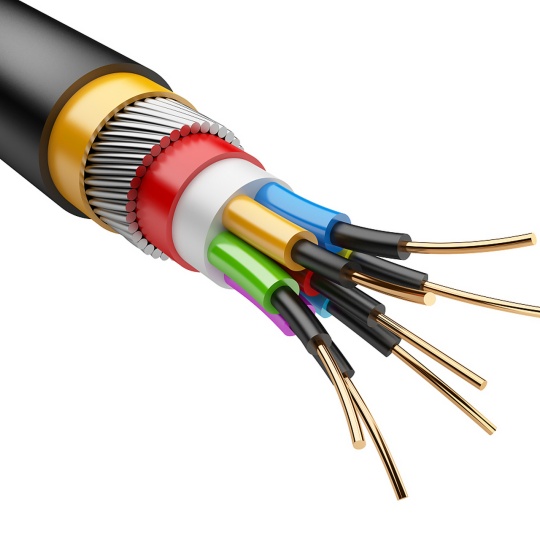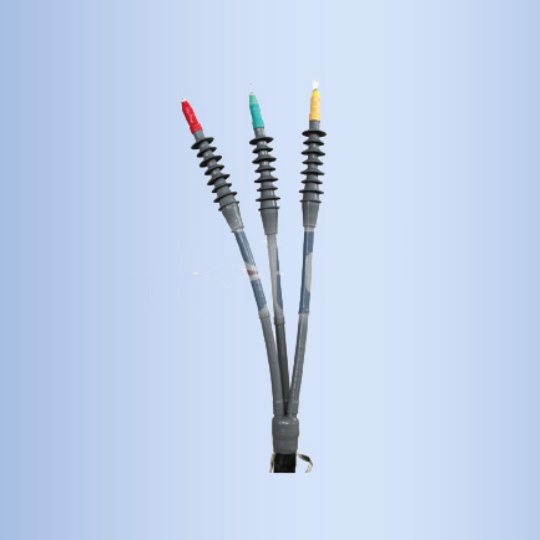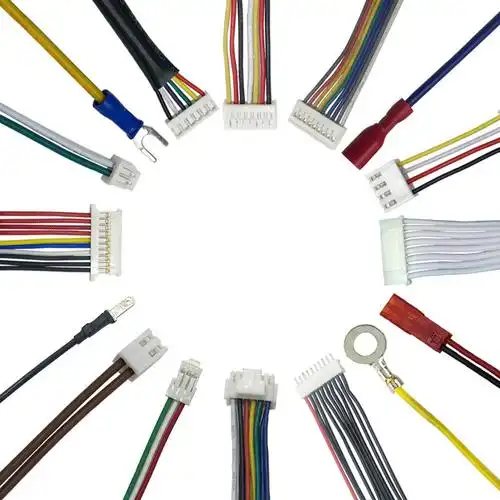How to Evaluate the Technical Capabilities of Cable Assembly Supplie...
Selecting the right cable assembly supplier is critical for industries ranging from aerospace and automotive to telecommunications and medical devices. The technical capabilities of a supplier directly impact product quality, reliability, and compliance with industry standards. However, evaluating these capabilities can be challenging, especially with the complexity of modern cable assemblies. This article provides a structured approach to assess suppliers effectively, ensuring you partner with a vendor that aligns with your technical and operational needs.
1. Assess Industry Experience and Expertise
A supplier’s experience in your specific industry is a strong indicator of their ability to meet technical requirements. For example:
- Industry-Specific Knowledge: Suppliers familiar with aerospace or medical sectors will understand stringent standards like AS9100 or ISO 13485.
- Customization Expertise: Evaluate their ability to design custom solutions for unique challenges (e.g., high-temperature environments, miniaturization).
- Technical Team Qualifications: Inquire about the expertise of their engineers, including certifications, familiarity with CAD tools, and problem-solving track record.
Action Step: Request case studies or client references in your industry to validate their claims.
2. Evaluate Manufacturing Capabilities
Technical proficiency extends to the supplier’s manufacturing infrastructure:
- Advanced Equipment: Look for automated crimping machines, laser marking systems, or precision molding tools.
- Scalability: Can they handle both low-volume prototyping and high-volume production without compromising quality?
- Process Control: Ensure they use statistical process control (SPC) or Six Sigma methodologies to minimize defects.
Red Flag: Outdated machinery or reliance on manual processes may lead to inconsistencies.
3. Verify Quality Control and Testing Protocols
A robust quality management system (QMS) is non-negotiable:
- Certifications: ISO 9001, IATF 16949 (automotive), or IPC/WHMA-A-620 (cable/wire harness standards) demonstrate compliance.
- Testing Methods: Confirm they perform:
- Electrical Testing: Continuity, hipot (high-potential), and impedance tests.
- Mechanical Testing: Pull tests, flex cycling, and connector durability assessments.
- Environmental Testing: Resistance to temperature extremes, humidity, and vibration.
- Traceability: Full material traceability ensures accountability and simplifies recalls if needed.
Action Step: Audit their facility or request third-party test reports to verify compliance.
4. Review R&D and Innovation Capacity
Suppliers investing in R&D are better equipped to solve emerging challenges:
- Prototyping Speed: How quickly can they develop and refine prototypes?
- Material Innovation: Do they offer solutions using advanced materials (e.g., lightweight shielding, flame-retardant jackets)?
- Collaboration Approach: Will their engineers work closely with your team to optimize designs?
Key Question: Ask about recent innovations they’ve implemented for clients.
5. Analyze Technical Support and Responsiveness
Post-sales support is as crucial as production capabilities:
- Design Assistance: Can they help troubleshoot signal integrity issues or EMI/RFI interference?
- Documentation: Clear schematics, assembly drawings, and compliance certificates should be provided.
- Lead Times: Evaluate their ability to meet urgent deadlines without sacrificing quality.
Red Flag: Poor communication during the quoting phase often signals deeper inefficiencies.
6. Investigate Supply Chain Resilience
A technically capable supplier must also demonstrate supply chain reliability:
- Material Sourcing: Do they have partnerships with reputable raw material vendors (e.g., TE Connectivity, Molex)?
- Risk Mitigation: How do they handle component shortages or geopolitical disruptions?
- Inventory Management: Just-in-time (JIT) capabilities reduce delays but require precise coordination.
Action Step: Review their disaster recovery plan and ask for historical on-time delivery rates.
7. Balance Cost vs. Technical Competence
While cost is important, prioritize value over the lowest bid:
- Total Cost of Ownership (TCO): Factor in potential rework costs from quality issues.
- Value-Added Services: Some suppliers offer design-for-manufacturability (DFM) feedback to reduce costs long-term.
Key Question: Are they transparent about cost drivers, such as specialized materials or testing requirements?
Case Study: Evaluating a Medical-Grade Cable Supplier
A medical device company needed biocompatible, sterilizable cables for a surgical tool. They prioritized suppliers with:
- ISO 13485 certification.
- Expertise in silicone overmolding for durability.
- In-house EMI/RFI testing labs.
The chosen supplier reduced the client’s time-to-market by 30% through rapid prototyping and IEC 60601 compliance.



